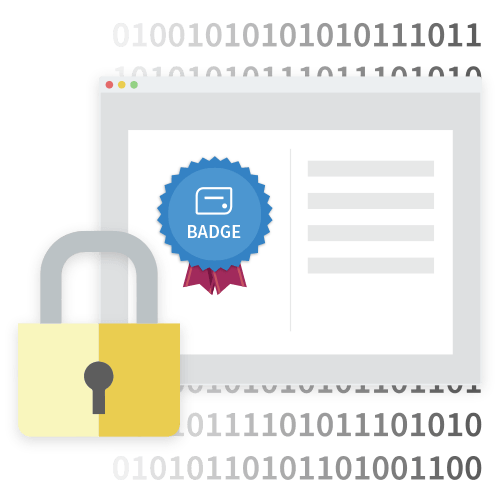WP Security bulletin – March 2019 At your next scheduled WordPress Maintenance, be advised for your WP Security about the latest 21 vulnerabilities in WordPress plugins identified and reported publicly. As these vulnerabilities are disclosed, when you use one (or more) of these outdated plugins – your risking serious WordPress…
WP Security
How to Avoid The Leading 5 WordPress Security Vulnerabilities If you own a WP site, you should know potential WordPress Security Vulnerabilities. Just like locking the doors of your home, buying an alarm and paying for insurance coverage, your site ought to have protection and precaution in location. The reality…
5 Typical WordPress Security Issues If you own a WordPress-powered website or are thinking about utilising WordPress as your CMS, you may be worried about potential WordPress Security problems. In this post, we’ll show a few of the most typical WP security vulnerabilities, in addition to actions you can require…
What Is & How to Prevent Brute Force Attacks Brute Force Attacks refer to a trial and error method utilised to find the username and password mixes in order to hack into a website. The brute force attack technique makes use of the easiest kind of getting to a website:…
5 Simple Rules for WordPress Login Security A successful WP Security technique should consist of actions to enhance your WordPress Login Security. In this post, we cover the 5 basic guidelines for much better WordPress login security. By following these rules and uses WP Security best practices, you can prevent…
5 Ways to Increase Your WordPress Security It feels like weekly there’s another MAJOR security breach in the news. It can trigger panic, particularly when we believe WordPress Security has to be made complicated and highly technical. But securing your WordPress website doesn’t have to be difficult. Basic WordPress Security…
7 Signs Your WordPress Security is Hacked Finding yourself asking “Is my WordPress website hacked?” means you’ll seek some quick and urgent answers. In this post, we cover seven signs of infection and what to do if you find you’ve been hacked. The faster you discover the signs of a…
Myth Debunked for better wp security: Anonymous Online Browsing Can you truly browse anonymously online? This is an evaluation of the benefits and drawbacks for better wp security offered by various privacy solutions. We give up unwittingly and unaware a lot of our own personal information when browsing the internet….
TOP 3 always ignored WordPress protection Everybody wants what is best for them, there are no exceptions. When we’re doing on-demand cleaning services, like malware CLEANUP or undo DISASTERS (infection/hack removal); we often hired to do also a Security AUDIT to find out how this happened and do the necessary…








